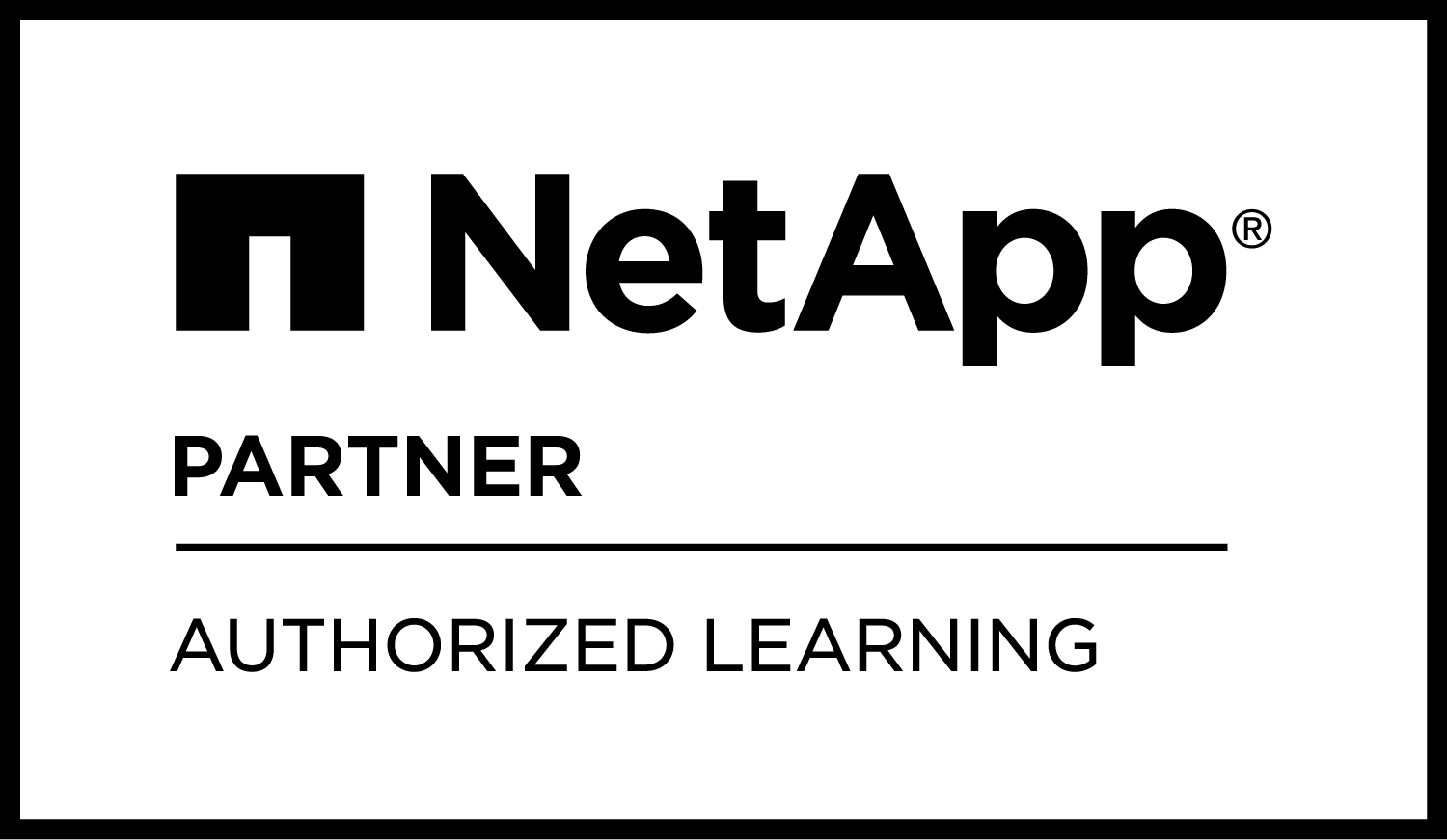Kubernetes Administration

Overview
Learn about the basic administration tasks of managing a Kubernetes cluster. Use the kubectl and kubeadm command-line tools and an integrated development environment (IDE) to provision cluster and network resources. Explain the configuration and deployment of basic workload objects and common Kubernetes cluster tasks. This course was written for the Kubernetes 1.29 release.
Objectives
This course focuses on enabling you to do the following:
- Describe a Kubernetes cluster
- Discuss creating basic pod configuration
- Investigate the Kubernetes scheduling
- Manage workloads deployed in Kubernetes
- Discuss the internal pod network in Kubernetes
- Review monitoring tools for Kubernetes
- Configure role-based access control (RBAC) for a Kubernetes cluster
Role
Systems administrator, architect, operator, and integration engineer
Prerequisites
Basic Linux administration skills
Course Content
Module 1: Introduction
- Kubernetes overview
- Kubernetes interfaces
Exercises
- Setting up your environment
Module 2: Pod administration
- YAML
- Pods and containers
- Namespaces
- Configuration
- Multicontainer pods
- Services
- Creating and updating configurations
Exercises
- Managing pods and services
Module 3: Scheduler
- Basic scheduling
- Influencing the scheduler
- Static pods
Exercises
- Scheduling pods
Module 4: Workloads
- ReplicaSets
- Deployments
- DaemonSets
- StatefulSets
- Jobs and CronJobs
Exercises
- Managing workloads
Module 5: Networking
- Cluster networking
- Pod networking
- Container Network Interface
- Service networking
- DNS
- Network policies
Exercises
- Working with networking
Module 6: Monitoring and logging
- Debugging through logging
- Enterprise logging
- Monitoring Kubernetes
- Performance monitoring
- Autoscaling with monitoring
- State monitoring
Exercises
- Exploring monitoring and debugging
Module 7: Role-based access control
- Authentication
- User authentication
- Service account authentication
- Authorization
- Pod permissions
- Container image access
Exercises
- Working with role-based access control
Module 8: Next steps
Appendix 1: Kubernetes-related certifications
- Cloud Native Computing Foundation exams
- NetApp Kubernetes-related exams
Appendix 2: Installation and maintenance
- Cluster installation overview
- Kubernetes installation: The hard way (highlights only)
- Kubernetes installation: Kubeadm
- Cluster maintenance
Exercises
- Upgrading a Kubernetes cluster
Appendix 3: Advanced monitoring techniques
- Available options for monitoring Kubernetes
- Monitoring with Prometheus and Grafana
Exercises
- Monitoring with Prometheus and Grafana
Appendix 4: Introduction to containers
- Modern software evolution
- Containers
- Container run-time engines
- Container orchestrations
Exercises
- Working with a Container Runtime Engine (CRE)
Appendix 5: Architecture components
- Control Plane components
- Pod components
- Component interactions
Exercises
- Exploring the Control Plane components
Appendix 6: Ingresses
- Ingress introduction
- Ingress example
Exercises
- Working with an ingress
Appendix 7: Helm
- Helm introduction
- Helm charts

